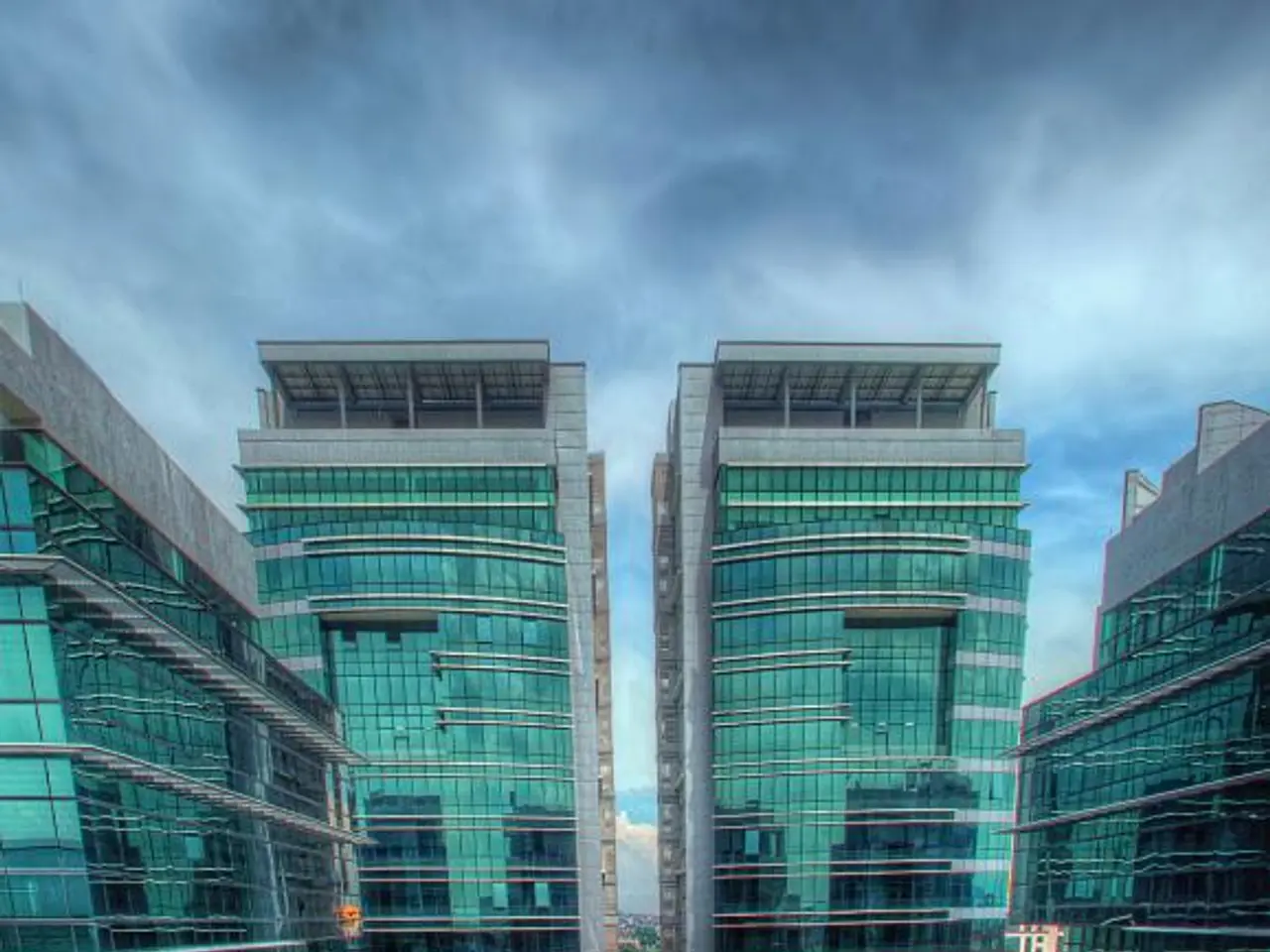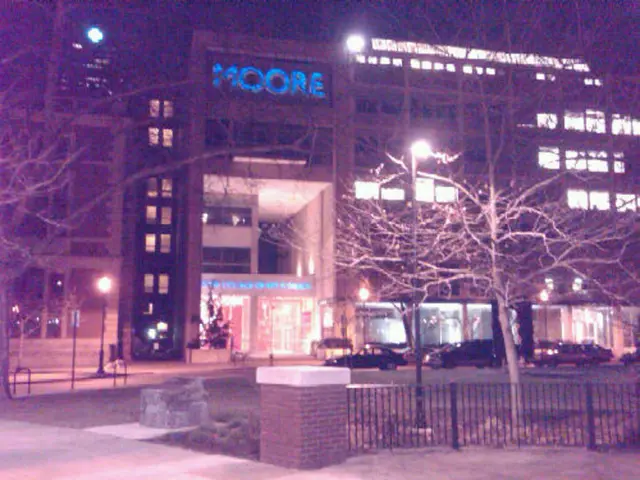Urban Heat Islands Are Turning Green, but at What Environmental Expense?
In the heart of Saint-Denis, a densely populated city in Seine-Saint-Denis, a transformation has taken place this year. A square was transformed into a cool island, complete with lush greenery, at a cost of 3 million euros.
Christian Maillard, the director of green spaces and the environment, explains that the park serves as the private gardens for the people in the city. Prior to construction, a factory on the park's plot was demolished to make way for this green oasis.
The city considers the park investment indispensable due to the lack of private gardens in the densely populated area. The park is expected to lower the temperature by an average of 4 degrees compared to a mineral square, providing much-needed relief from the city's heat.
However, the cost of the project has raised eyebrows among some residents. A local father in Saint-Denis expressed his surprise, saying, "It's maybe a bit too much, isn't it?" His sentiments are shared by many parents, who question the decision to spend such a large sum on a park when funds could be allocated elsewhere.
In fact, the town hall had to dip into the envelope for social housing to fund the cool island project. This has sparked concerns about the prioritisation of public amenities over essential social services.
The cost of each tree in the park is approximately 1,500 euros, while water fountains in the park cost around 2,000 euros per unit. These figures have further fuelled the debate, with critics arguing that the money could have been used more wisely.
In contrast, Mathieu Hanotin, the mayor of Saint-Denis, justifies the decision by stating, "It's about choices, it's not at the expense of something, it's something that needs to be done. If we want to continue to live positively in the city, in dense urban areas, the city must adapt."
The cost of urban greening projects in densely populated cities varies widely, with large-scale projects often entailing multi-million to billion-dollar budgets. While these projects require substantial upfront capital, they provide significant environmental, social, and economic returns over time.
For instance, the greening of a school courtyard in Lille (Nord) cost 850,000 euros, while the cost of the park construction in Courbevoie, Hauts-de-Seine, is approximately two million euros. These projects, too, aim to provide relief from the urban heat island effect and contribute to the city's green spaces.
The park in Courbevoie is expected to be completed next summer, and 15 workers are employed daily for the park's greening. The ongoing debate in Saint-Denis serves as a reminder that urban greening is a complex balance of upfront costs and long-term benefits, influenced heavily by land value, project type, multifunctionality, density, and social factors driving demand and funding.
- The debate in Saint-Denis highlights the need for careful budgeting in environmental-science projects, as the cost for each tree in their park amounts to 1,500 euros and water fountains cost around 2,000 euros per unit.
- In contrast to Saint-Denis, some cities such as Lille and Courbevoie are also investing in urban greening, with estimated costs of 850,000 euros and 2 million euros respectively, aiming to combat the urban heat island effect and increase green spaces.
- Despite the high initial costs, environmental-science projects like urban greening can yield considerable environmental, social, and economic returns over time, making personal-finance considerations an essential aspect in these projects.




